Blog
Stay Injury-Free During the 2025 Tour of Britain: The Best Protective Supports for Cyclists

Stay Injury-Free During the 2025 Tour of Britain: The Best Protective Supports for Cyclists
Cycling fans across the UK are gearing up for one of the most exciting events on the sporting calendar – the 2025 Tour of Britain. From gruelling climbs to high-speed sprints, this prestigious multi-stage race will once again test the stamina, strategy and skill of the world’s best riders. While professionals dedicate years of training to prepare for the challenge, there is one universal truth that unites elite cyclists and everyday riders alike: the importance of staying injury-free.
Cycling may be low-impact compared to some sports, but repetitive movements, long training sessions and sudden accidents can put serious strain on joints, muscles and ligaments. Whether you’re chasing victory in your local race or inspired by the Tour to take your cycling further, using the right protective supports can make a huge difference to performance, comfort and long-term health.
Table of Contents
ToggleThe 2025 Tour of Britain: What to Expect
The 2025 Tour of Britain is set to run from 2–7 September, covering approximately 886km across six stages. Each leg of the race presents unique challenges, from steep inclines that push riders to their cardiovascular limits to flat-out sprints demanding explosive power and control. The event will culminate in a dramatic finish in Cardiff, where riders will battle for the coveted leader’s jersey.
This year’s edition continues the Tour’s reputation for showcasing Britain’s stunning landscapes while delivering high-intensity competition. Fans can expect to see a mix of world-class teams, breakthrough talents and dramatic storylines as athletes push themselves to the edge.
But behind the spectacle lies a harsh reality: cycling at this level can be brutal on the body. Knee pain, wrist strain and circulation issues are common, not only for the pros but for any cyclist covering long distances. That’s why protective supports have become an essential part of both training and recovery routines.
Why Injury Prevention Matters in Cycling
Cycling injuries often develop over time due to repetitive stress on the same joints and muscles. Unlike one-off injuries in contact sports, cycling problems tend to be chronic, sneaking up on riders during long training blocks or competition. Some of the most common issues include:
- Knee pain – often linked to tendon or ligament strain from pedalling mechanics.
- Wrist discomfort – caused by constant pressure on handlebars and shock from uneven terrain.
- Circulation problems – especially in the legs, as hours of cycling can lead to swelling, fatigue and reduced recovery.
By integrating supportive gear into their routines, cyclists can minimise risks, enhance performance and recover faster. Let’s look at how protective supports can help – and which products are worth considering.
Protective Supports That Make a Difference
1. Knee Supports – Essential for Joint Stability
The knee is one of the most vulnerable joints in cycling. Every pedal stroke relies on it, making it prone to overuse injuries and inflammation. A reliable knee support not only reduces pressure on tendons and ligaments but also provides the compression needed to improve circulation and recovery.
- For maximum stabilisation, the Hinged Knee Brace with Side Stabilisers and Patella Gel Pad offers targeted support, ideal for cyclists prone to ACL, ligament or meniscus issues.
- Riders looking for flexible but firm protection can benefit from the Compression Knee Brace with Gel Pads and Patella Stabilisers which blends comfort with stability during long rides.
- For those who prefer a lighter option, the Compression Knee Sleeves for Men and Women deliver flexibility, breathability and all-day wearability – perfect for both training and casual cycling.
- With the right knee support, riders can continue pushing hard without worrying about pain derailing progress.
2. Wrist Supports – Relief from Handlebar Pressure
Cyclists know that wrists take a surprising amount of strain, especially on long routes or rough terrain. Supporting the wrists can relieve pressure on joints, improve grip and reduce the risk of sprains or repetitive strain injuries.
- The Wrist & Thumb Compression Sleeve provides stability for both wrist and thumb, perfect for cyclists who spend hours in the saddle.
- For those who need lightweight but reliable protection, the Compression Wrist Support Bandage offers targeted compression and flexibility without restricting movement.
- By using wrist supports, cyclists can reduce fatigue, protect tendons and maintain control during demanding rides.
3. Medical Compression Socks – Boost Circulation and Recovery
Perhaps one of the most overlooked aspects of cycling performance is leg circulation. Long hours of pedalling can cause swelling, fatigue and even increase the risk of varicose veins. Medical-grade compression socks can help improve blood flow, reduce swelling and speed up post-ride recovery.
- Premium Compression Socks are designed for athletes, helping to enhance circulation during both training and competition.
- For a versatile, everyday option, the Knee-High Compression Stockings are ideal for long-distance rides or even travel to and from cycling events.
- The Copper Compression Socks add antimicrobial benefits, making them a smart choice for cyclists who need extra freshness and comfort.
- Cyclists dealing with swelling or circulation concerns can also benefit from Compression Socks for Pregnancy & Travel , which are equally effective for athletic use.
- Compression gear not only keeps legs energised during the ride but also helps shorten recovery time, letting cyclists train harder and more often.
How Supports Improve Performance and Recovery
Beyond injury prevention, protective supports offer other benefits that can directly impact performance at the Tour – and for amateur cyclists too.
- Enhanced endurance: Compression helps delay muscle fatigue during long rides.
- Better recovery: Supports reduce post-ride soreness, enabling consistent training.
- Improved confidence: Knowing that joints and muscles are protected encourages riders to push harder.
- Reduced swelling: Essential for back-to-back training sessions or stage racing.
These benefits explain why more professional athletes are integrating supports into their gear – and why they are equally valuable for everyday cycling enthusiasts.
Final Thoughts
The 2025 Tour of Britain will be a thrilling showcase of endurance, skill and determination. While the pros fight for glory on Britain’s roads, cyclists everywhere can take inspiration from their dedication – and also learn the importance of protecting their bodies.
Whether it’s through knee supports for joint stability, wrist supports to ease handlebar strain, or compression socks to boost circulation, these protective products are essential tools for staying injury-free and performing at your best.
As the Tour riders prepare for the challenge of September, one message is clear: the right support can keep you on the bike longer, stronger and without unnecessary setbacks.
Social Share
More Posts
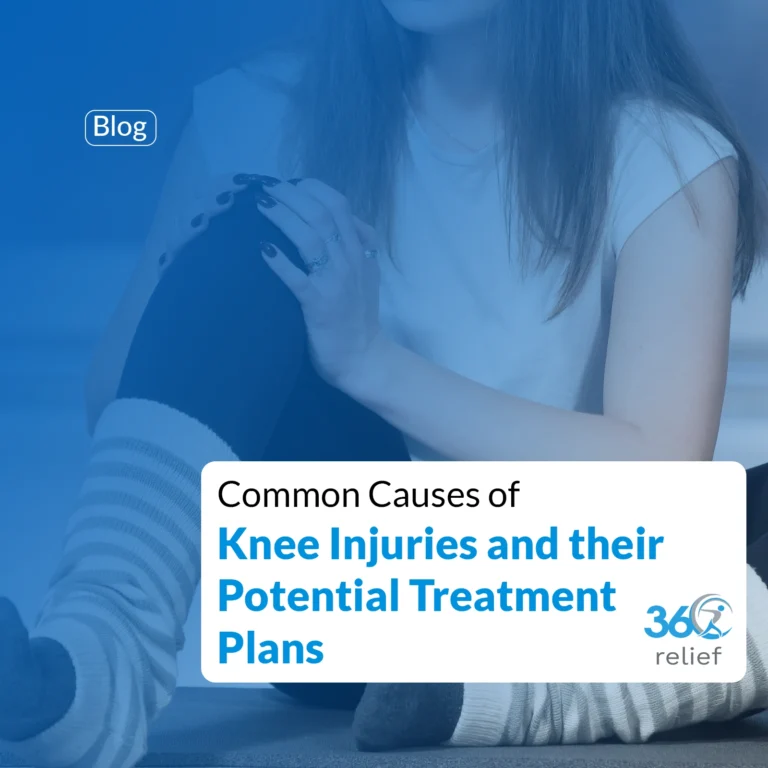
Common Causes of Knee Injuries and their Potential Treatment Plans
Knee Injuries: Overview The knee joint is considered one of the complex and largest joints in the body. It is
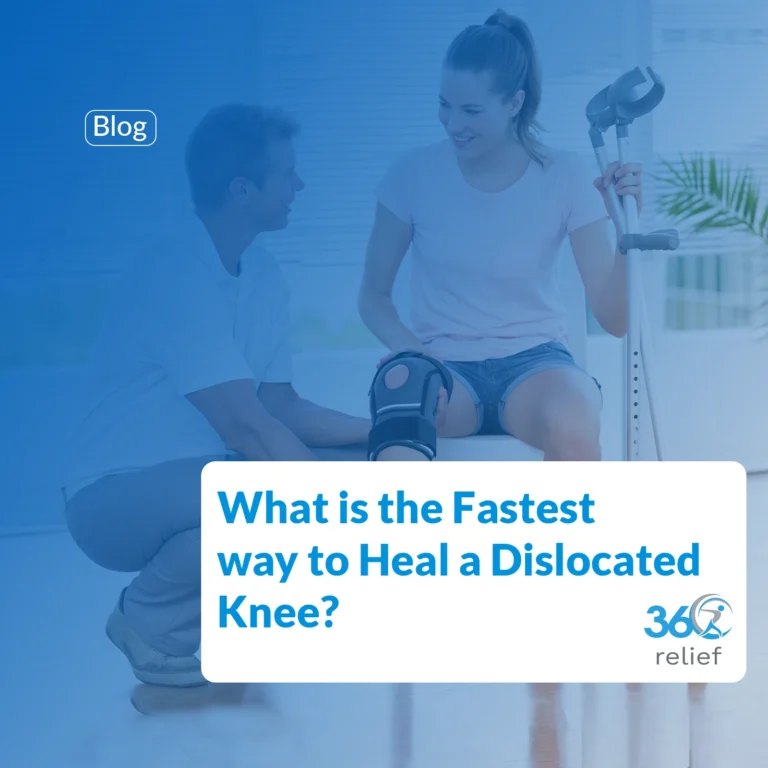
What is the Fastest way to Heal a Dislocated Knee?
A dislocated knee is relatively an uncommon injury. Ligaments connect the bones of the knee, which will result in a

Wake Up Refreshed: The Science-Backed Benefits of Eye Masks
Sleep is something we all know we need, yet many of us don’t get enough of it. Whether it’s the
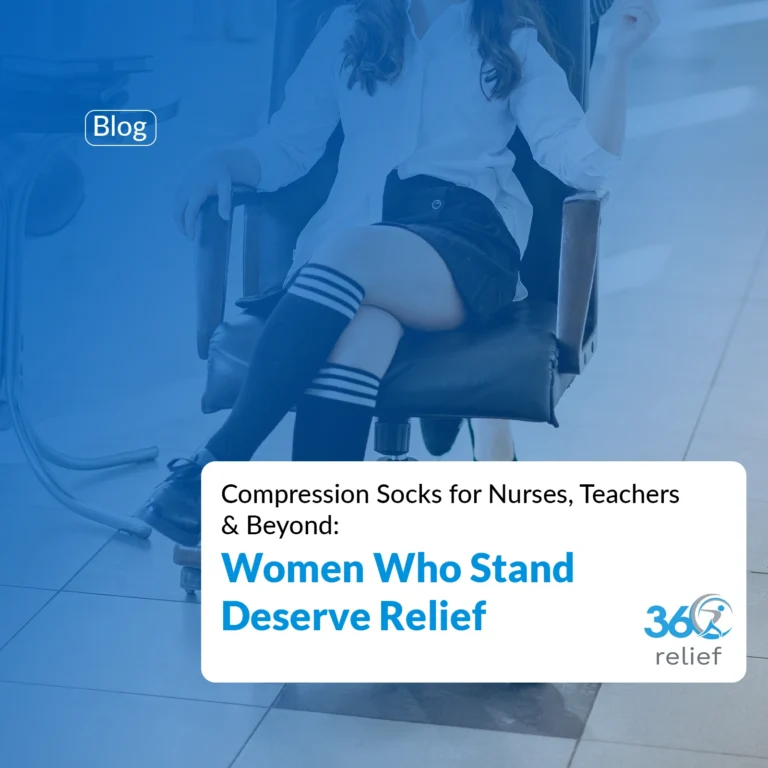
Compression Socks for Nurses, Teachers & Beyond: Women Who Stand Deserve Relief
Introduction Long days on your feet can be exhausting. Whether you are caring for patients, teaching in a classroom, welcoming
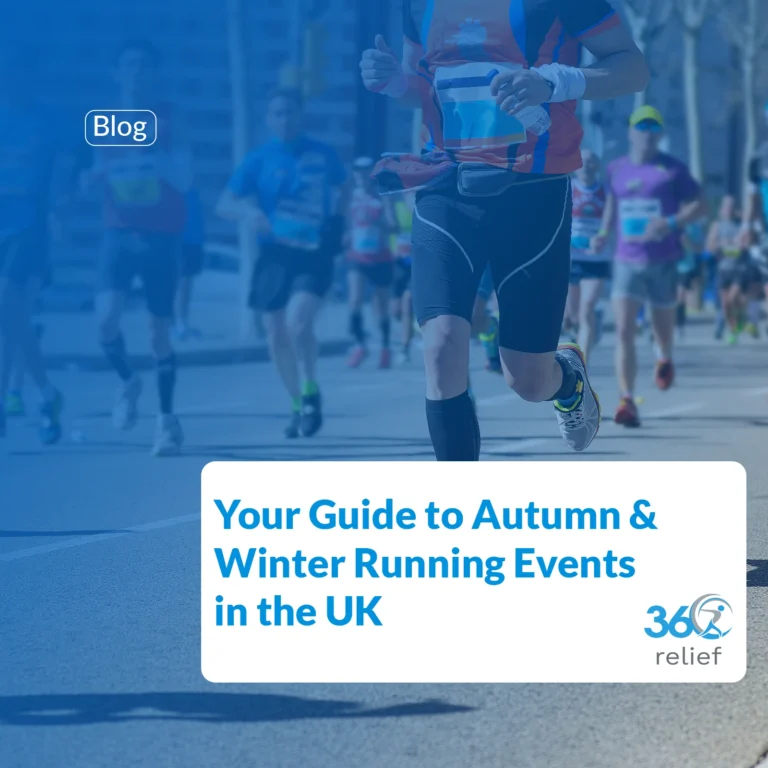
Your Guide to Autumn & Winter Running Events in the UK
As the leaves turn golden and the evenings draw in, the running community across the UK doesn’t slow down. If
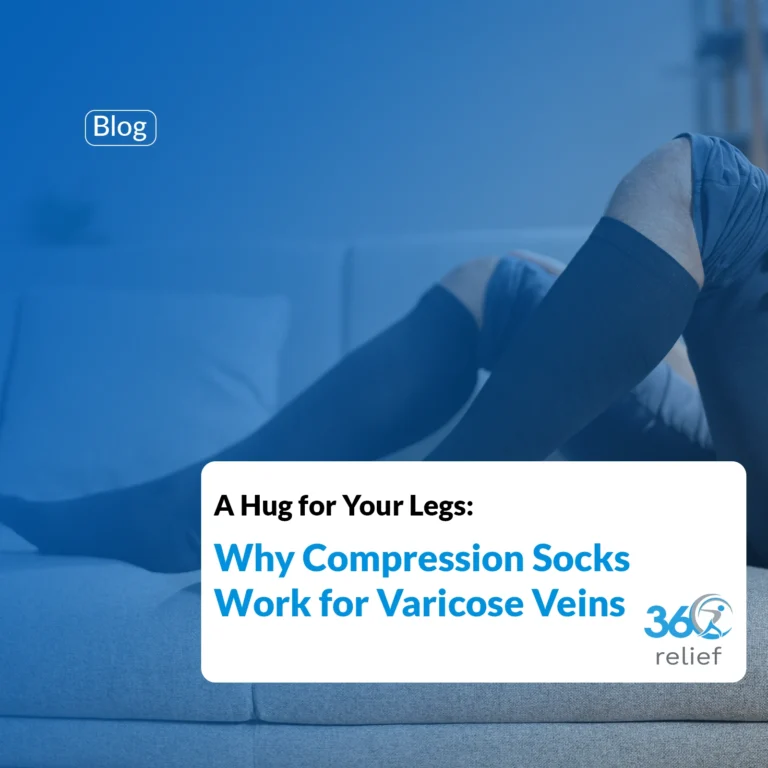
A Hug for Your Legs: Why Compression Socks Work for Varicose Veins
Varicose veins are more than just a cosmetic concern. For many people, they bring discomfort, swelling, and a heavy feeling
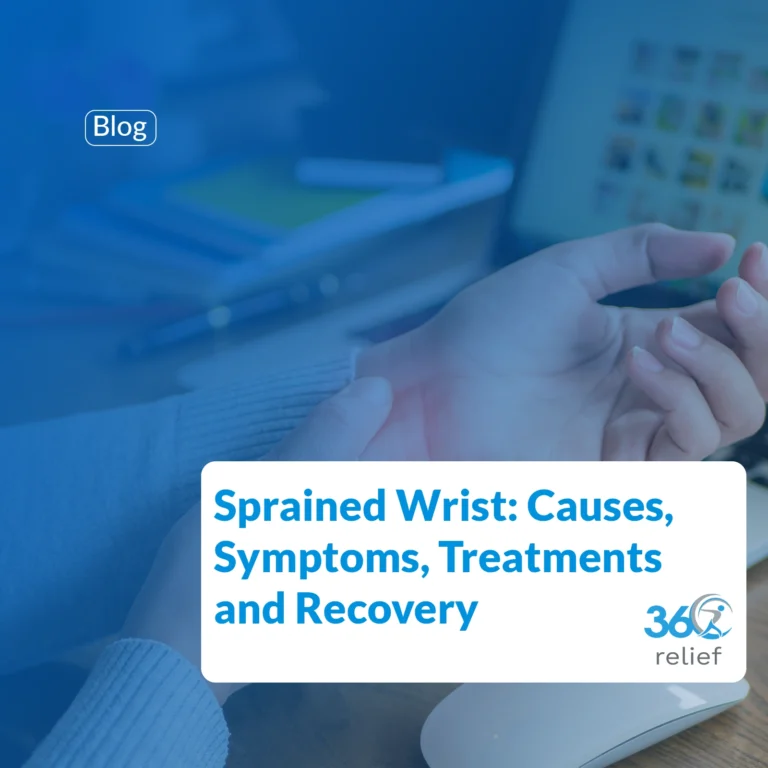
Sprained Wrist: Causes, Symptoms, Treatments, and Recovery
A wrist sprain(s) occurs when a ligament in the wrist is partially injured. Ligaments are the dense connective tissues that

2025 Unibet British Open Snooker: Play Longer, Stay Stronger with the Right Support
The 2025 Unibet British Open Snooker is just around the corner, and excitement is building as fans prepare to watch
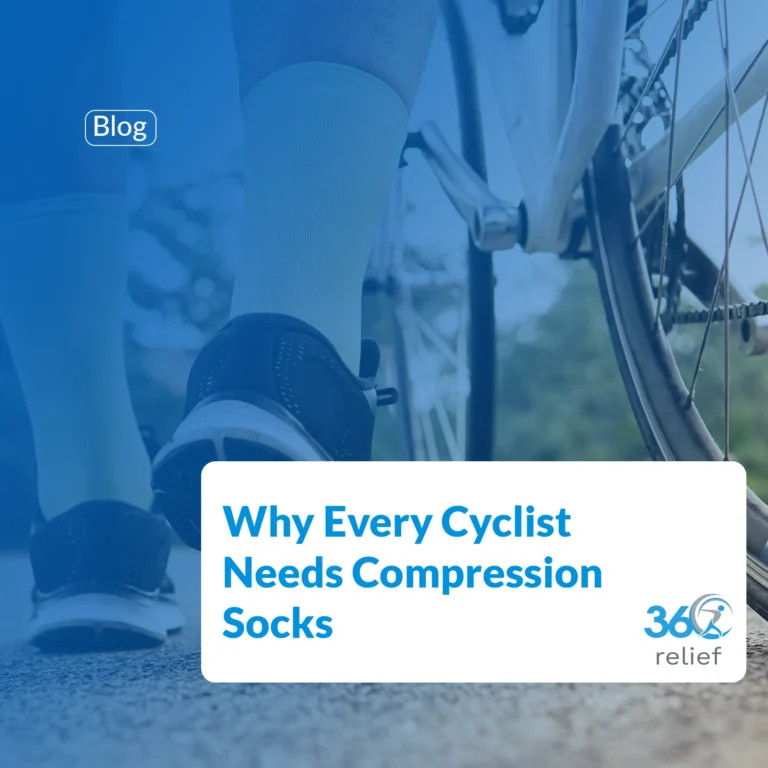
Ride Longer, Recover Faster: Why Every Cyclist Needs Compression Socks
Cycling is one of the most rewarding sports for both fitness and leisure, but it also places high demands on

Train Hard, Recover Smarter: Why Supportive Products Are Key for 2025 World Boxing Championships Success
The World Boxing Championships 2025 are just around the corner, with Liverpool preparing to host some of the finest athletes

Top Benefits of Using a Sleep Eye Mask for Deeper, Healthier Rest
Getting enough sleep is one of the most important foundations of good health, yet many people in the UK struggle

Women’s 2025 Rugby World Cup: Thrilling Action, Smart Moves to Escape Possible Injuries
1. Introduction – Rugby’s Biggest Stage Returns to England From August to September 2025, England will host the most exciting
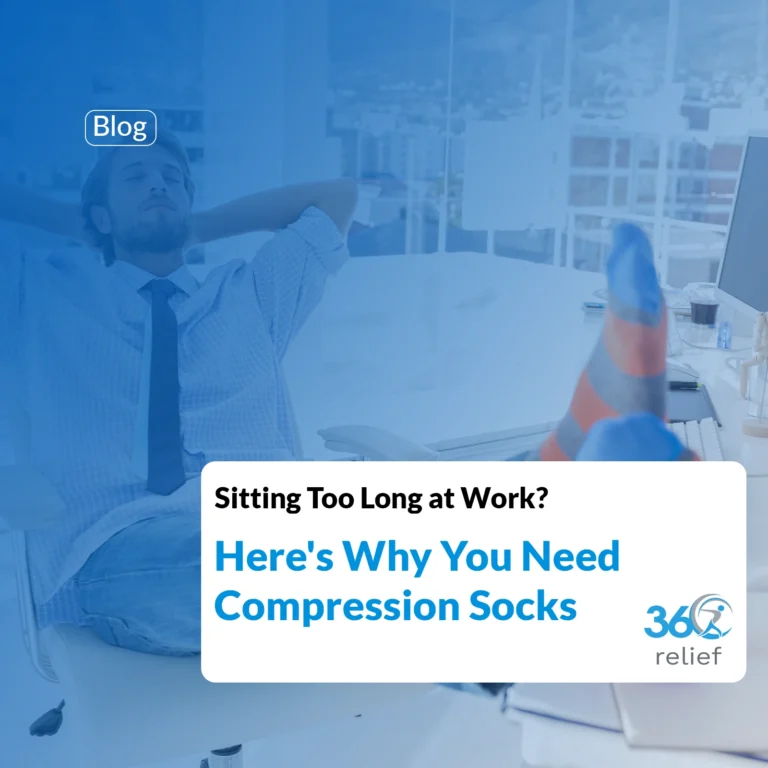
Sitting Too Long at Work? Here’s Why You Need Compression Socks
Modern workplaces often involve long hours at a desk, whether in an office or working from home. While sitting may
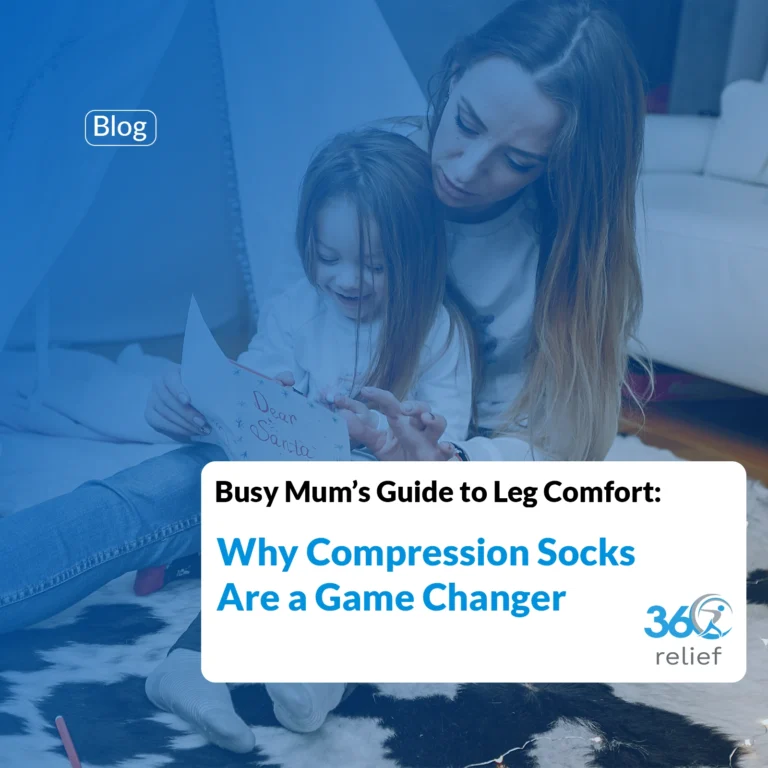
Busy Mum’s Guide to Leg Comfort: Why Compression Socks Are a Game Changer
Mums are the true multitaskers of everyday life. From school runs to supermarket trips, from cleaning to working on your

Cycle To Work Day 2025: Stay Active, Stay Pain‑Free
Every year, thousands of people across the UK embrace Cycle To Work Day as an opportunity to swap four wheels

